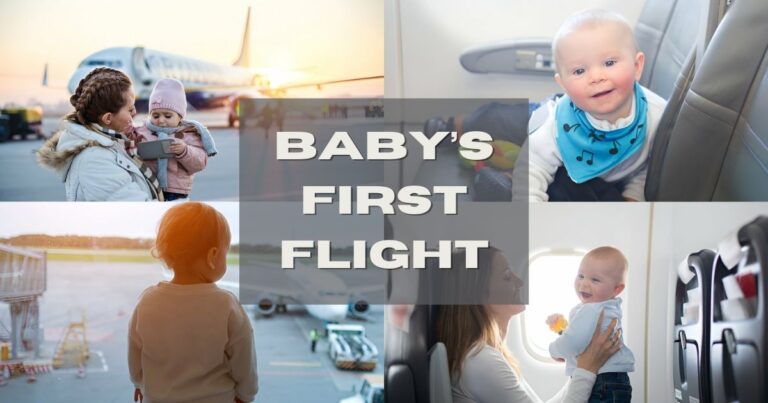21 Awesome Tips for Flying with Toddlers
Flying with toddlers can be both a daunting challenge and a wonderfully enriching experience for parents. The prospect of navigating crowded airports, busy security lines, and the confined space of an airplane can feel overwhelming, yet the opportunity to create unforgettable memories with your child makes it all worthwhile. With proper planning, strategic preparation, and the right mindset, you can transform what might seem like a logistical nightmare into a smooth and enjoyable journey.
In this article, we’ll provide 21 actionable tips to make flying with toddlers stress-free, manageable, and even fun. Whether you’re a first-time parent gearing up for air travel or a seasoned traveler looking for refined strategies, these tips cover every stage of the journey—from booking your ticket to stepping off the plane at your destination.
Pre-Flight Preparation: Setting the Foundation for Smooth Travels
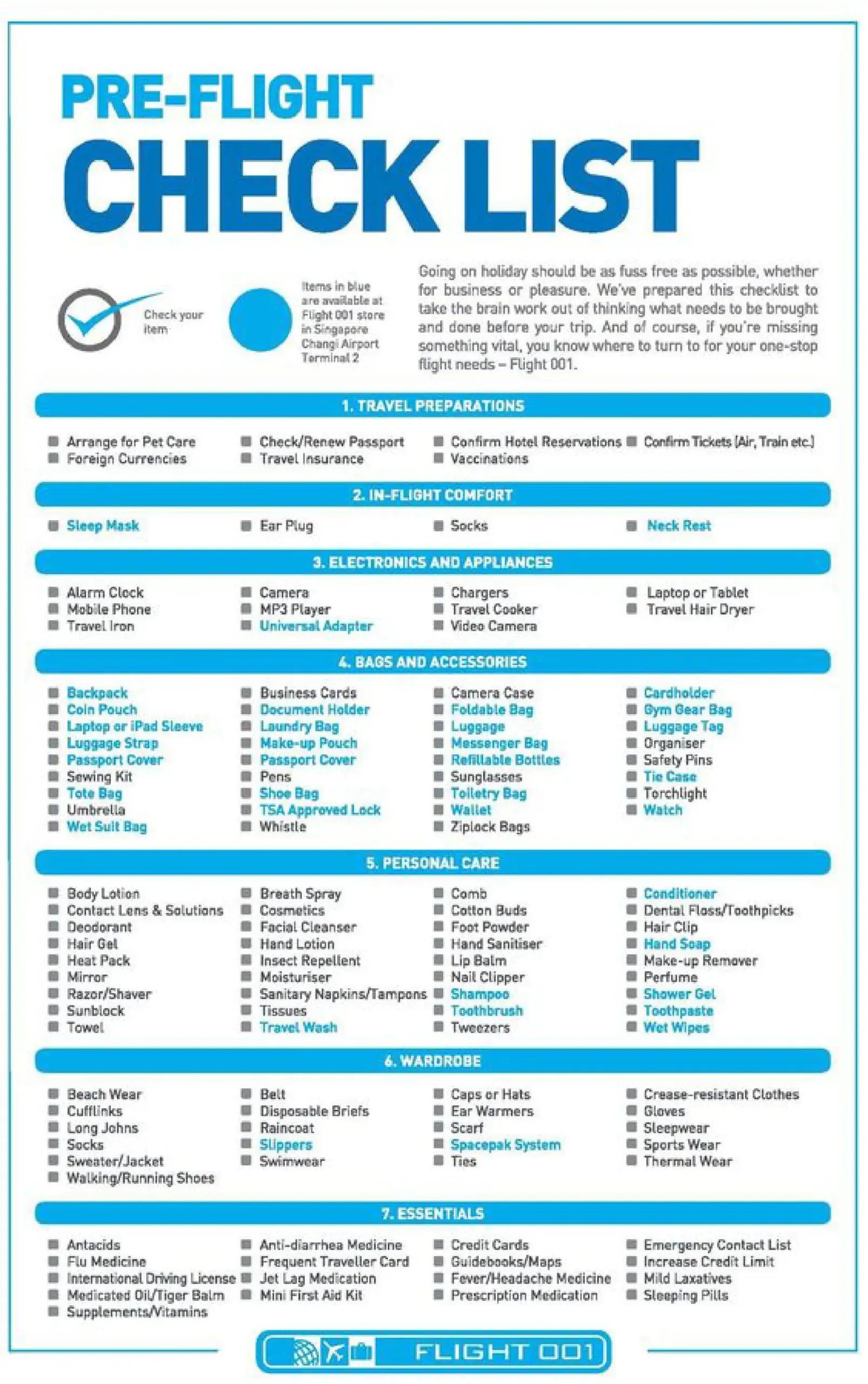
1. Choosing the Right Flight
Selecting the right flight can significantly impact your journey’s success. Whenever possible, choose direct flights to eliminate layovers and reduce the chances of disruptions. A direct flight ensures you spend less time transitioning through airports and more time moving toward your destination.
Another great tip is to align your flight with your toddler’s nap or bedtime. Flying during these periods increases the likelihood of your little one sleeping for a significant portion of the journey. Early morning flights are another good option—airports are less crowded, and planes are less likely to experience delays earlier in the day.
2. Booking Seats Strategically
When reserving your tickets, consider booking a separate seat for your toddler if they’re over two years old. While it might be tempting to save money by keeping them as a lap infant, having their own seat provides them with extra space, comfort, and safety during the flight.
For toddlers in their own seat, bring an FAA-approved car seat or airplane harness to ensure safety and familiarity. As for seating arrangements, many parents prefer window seats for toddlers to keep them entertained by the view and reduce the risk of wandering into the aisle. Others might favor an aisle seat for easier access to the bathroom—be sure to weigh the pros and cons based on your toddler’s preferences.
3. Packing Essentials for Toddlers
Packing smartly is a game-changer when flying with toddlers. Create a checklist that includes all the essentials:
- Snacks: Pack a variety of mess-free favorites like crackers, fruit pouches, or granola bars.
- Toys & Activities: Bring small, lightweight toys, coloring books, and surprise items to keep your toddler engaged.
- Diapers & Wipes: Ensure you have more than enough for the duration of the flight plus a few extra, just in case.
- Clothing: Pack at least one or two changes of clothes for your toddler and a spare outfit for yourself (to handle spills or accidents).
- Comfort Items: Don’t forget their favorite blanket, stuffed animal, or pacifier.
Use ziplock bags or small pouches to keep everything organized and easy to find. Additionally, include a small first-aid kit with band-aids, fever medication, and any prescriptions your child may need.
4. Preparing Your Toddler for the Flight
Preparation goes beyond packing—it’s essential to mentally ready your toddler for the adventure. Start by introducing them to the concept of flying through books, videos, or toys about airplanes. Building excitement can reduce anxiety and help them look forward to the trip.
If your toddler will use headphones for in-flight entertainment, practice wearing them at home to familiarize them with the sensation. Similarly, if your child hasn’t been in a car seat for long periods, consider a few practice sessions to ensure their comfort.
5. Navigating Airport Security with Ease
Security checks can be one of the most stressful parts of your journey. To streamline the process, consider enrolling in a program like TSA PreCheck, which often has family-friendly lanes and allows you to skip certain screening requirements.
When it comes to liquids like formula, breast milk, or medicine, TSA allows parents to carry more than the usual 3.4-ounce limit—just make sure these items are clearly separated and declared at security. Keeping your toddler calm and occupied during security checks is vital; let them hold a small toy or snack to reduce stress during this phase.
At the Airport: Keeping the Chaos Under Control
6. Arriving Early but Not Too Early
Timing your airport arrival is a balancing act. Arriving too late increases stress, while arriving too early may result in restless toddlers as they wait to board. Aim to arrive with just enough time to check in, pass security, and allow for a brief break before boarding.
7. Letting Toddlers Burn Off Energy
Airports can be exciting places for toddlers, so take advantage of the opportunity to let them stretch their legs and explore. Many large airports feature play areas or designated family zones where kids can safely expend energy. Alternatively, encourage light activities like walking around the terminal or playing simple games near your gate.
Burning off energy before sitting on a plane for hours is an excellent way to set your toddler up for a calm flight.
8. Managing Snacks and Hydration Before Boarding
Toddlers can get hungry or thirsty at the most inconvenient moments, so always keep snacks and drinks handy. Spill-proof water bottles or sippy cups work wonders, and mess-free options like cut-up fruits or pretzels are ideal for pre-flight snacking.
Hydration is especially important to help with ear discomfort brought on by cabin pressure changes. Offer drinks or chewy snacks during takeoff and landing to minimize the pain.
9. Using Pre-Boarding Wisely
Many airlines offer pre-boarding for families traveling with young children, providing a chance to settle into your seats without the chaos of a crowded cabin. Whether or not to use this service depends on your toddler’s temperament. If they’re prone to impatience, it might be better to let them walk around until the final boarding call.
Alternatively, you can split duties with another parent or guardian: one person boards early to organize your belongings and set up the space, while the other stays back to keep the toddler occupied until the last moment.
On the Plane: Making the Flight as Smooth as Possible
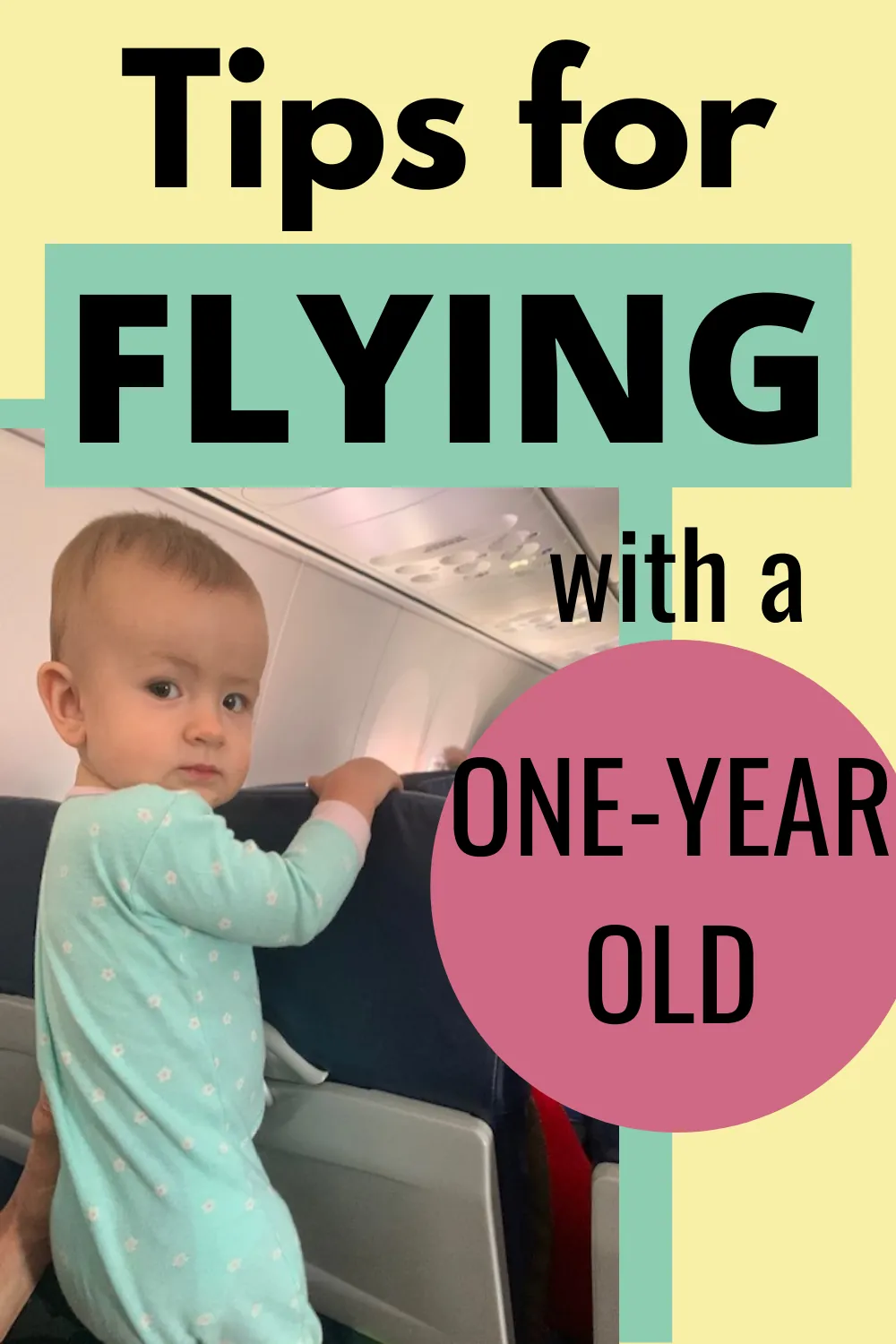
10. Easing Ear Pain During Takeoff and Landing
One of the most common challenges for toddlers during a flight is ear pain caused by changes in cabin pressure. To minimize discomfort, encourage your toddler to swallow or chew during takeoff and landing. Pacifiers, bottles, or sippy cups are excellent tools for this, as sucking naturally helps with ear pressure.
Older toddlers may enjoy sipping from a straw or chewing on gummy snacks. Alternatively, offering a drink, lollipop, or even teaching them to “yawn big” can help alleviate pressure. Being prepared with these remedies ensures a smoother start and end to the flight.
11. Keeping Toddlers Occupied During the Flight
Keeping toddlers entertained on a plane is an art form. Pack a variety of activities to rotate every 15–20 minutes. Simple toys, sticker books, magnetic puzzles, or crayons and paper can hold their attention for short bursts.
As a pro tip, consider bringing “surprise” items—new toys or activities that your toddler hasn’t seen before. These can be lifesavers for mid-flight boredom. If you’re comfortable with screen time, download toddler-friendly apps, episodes of their favorite shows, or movies onto a tablet. Don’t forget headphones designed for kids to keep the volume at safe levels.
12. Managing Sleep on the Plane
Encouraging your toddler to sleep during the flight can make the journey much easier. Bring along familiar sleep aids like their favorite blanket, stuffed animal, or even their regular pajamas if space allows. These comfort items replicate their bedtime routine and help signal that it’s time to rest.
If your airline permits it, inflatable airplane beds or footrests designed for kids can make sleeping in a cramped seat more comfortable. Dim the lights around your child and use noise-canceling headphones or soothing white noise to block out distractions. Remember to stay patient—your toddler may need extra reassurance to settle down in the unfamiliar environment.
13. Handling Tantrums Calmly
Tantrums are inevitable when traveling with young children, especially during long flights. The key is to remain calm and patient—toddlers often mirror your emotions, so staying composed can help diffuse the situation more quickly.
Offer distractions, whether it’s a toy, snack, or a simple game like “I Spy.” If the tantrum escalates, gently take them to a quieter part of the plane (such as near the bathroom) for a few minutes to let them calm down. Acknowledge the frustration they’re feeling while redirecting their attention to a more positive activity.
If your child’s outburst inconveniences other passengers, a simple apology can go a long way. Most fellow travelers will empathize—they’ve either been in your shoes or understand that toddlers are unpredictable.
14. Bathroom Breaks and Diaper Changes on Board
Airplane bathrooms are notoriously cramped, but with a little preparation, they don’t have to be a nightmare. Keep your essentials—diapers, wipes, and a portable changing mat—in a small, easily accessible bag to avoid rummaging through your carry-on mid-flight.
Strategically time diaper changes for quieter moments during the flight, such as after drink service, when bathrooms are less crowded. For potty-trained toddlers, encourage them to use the restroom before boarding and during calm times on the plane. Make it fun by showing them how the airplane toilet works—it can be a novelty to keep them engaged!
Post-Landing: Wrapping Up Your Journey
15. Waiting Until Others Exit First
Once the plane lands, it’s tempting to rush off, but with toddlers, patience is key. Staying seated until the crowd thins out gives you time to organize your belongings without feeling rushed. It also prevents your toddler from being jostled in the narrow aisles.
Use this time to ensure you have all your essentials, double-checking seat pockets and under-seat storage for any forgotten items like toys or bottles.
16. Navigating Baggage Claim with Toddlers
The chaos of baggage claim can be challenging with a toddler in tow. A lightweight stroller or carrier can be a lifesaver here, letting you move through crowded areas more easily while keeping your child secure.
Have a small stash of snacks and activities handy in case there are delays in retrieving your luggage. Encouraging your child to “spot our suitcase” can turn this into a fun game while you wait.
17. Preparing for Jet Lag in Toddlers
Traveling across time zones can disrupt your toddler’s sleep schedule, resulting in jet lag. To ease the transition, gradually adjust their bedtime by 15–30 minutes a few days before the trip. Upon arrival, try to keep their routine as consistent as possible, including mealtimes and naps.
Exposure to natural light during the day helps reset their internal clock, so plan some outdoor time in the new location. Be patient as they adjust—it may take a day or two for their body to align with the new time zone.
Additional Tips for a Smooth Journey
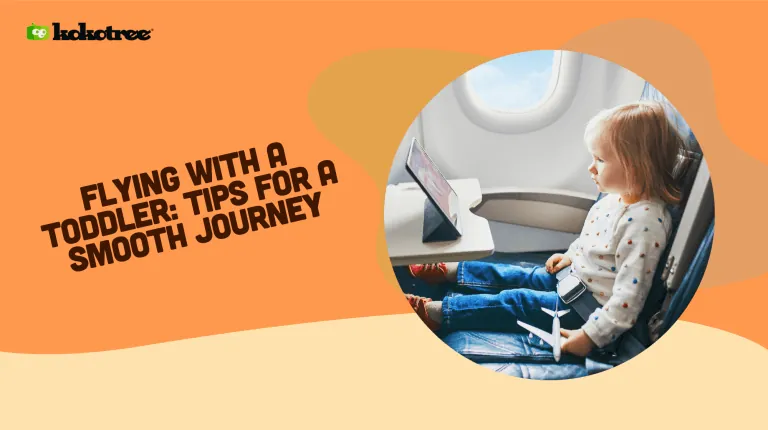
18. Bring Extra Clothes for Everyone
Spills, diaper leaks, and unexpected accidents are par for the course when traveling with toddlers. Pack not just extra clothes for your child but also a change of clothes for yourself. Having backup clothing on hand can prevent a minor mishap from derailing your day.
19. Use Lightweight Travel Gear
When selecting travel gear, opt for lightweight and portable options. Compact strollers, foldable car seats, and travel-friendly diaper bags make navigating airports and airplanes much easier. Look for items that are easy to carry, store, and assemble.
20. Be Flexible but Prepared
Even with the most meticulous planning, things can go sideways. Delays, missed naps, and unforeseen challenges are part of the travel experience. Be prepared for hiccups, but try to stay flexible and go with the flow.
Having a positive attitude and focusing on the big picture—creating memories with your family—can make the journey less stressful.
21. Engage Fellow Passengers Positively
A little charm can go a long way when traveling with a toddler. Greeting nearby passengers with a smile and a quick introduction can set a positive tone for the flight. Most people are understanding and supportive if they know you’re making an effort to keep your child happy and calm.
FAQs: Answering Common Questions About Flying with Toddlers
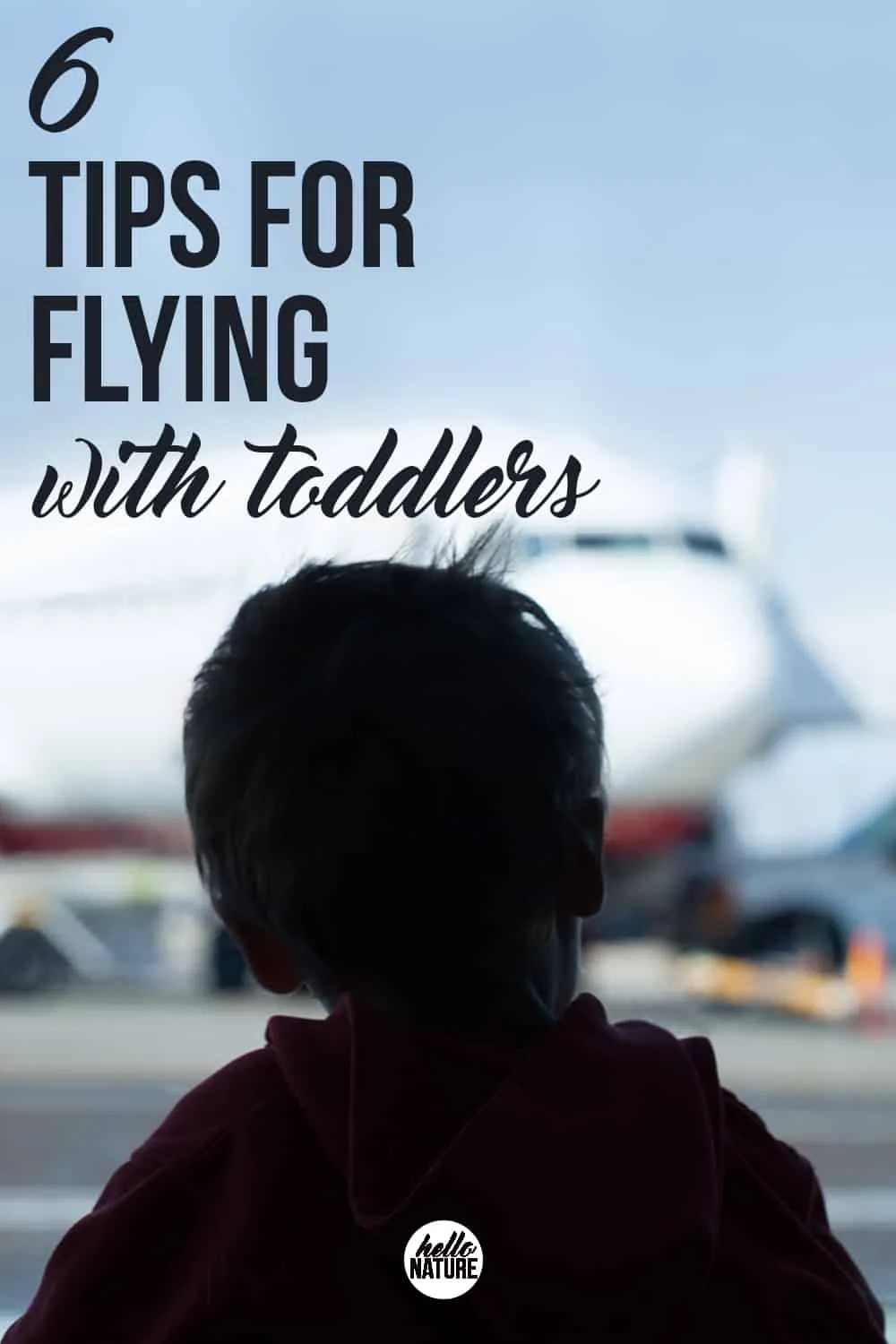
- What documents do I need when flying with a toddler?
You’ll typically need a government-issued ID for yourself and a birth certificate or passport for your toddler, depending on the destination. Domestic flights often require less documentation than international travel, so check with your airline in advance. - Can I bring milk/formula through security?
Yes, TSA allows parents to bring liquids like formula, breast milk, or juice for children in quantities greater than 3.4 ounces. Declare these at security, and they will be screened separately. - How do I prevent ear pain during takeoff?
Encourage your toddler to suck, swallow, or chew to help with ear pressure. Pacifiers, bottles, or snacks like gummies work well. - Should I buy a separate seat for my toddler?
While lap infants under two years old can fly for free, having a separate seat provides extra space and safety, especially for long-haul flights. Consider using an FAA-approved car seat for added comfort and security. - What are some must-have items in a carry-on?
Essentials include snacks, toys, diapers, wipes, extra clothes, comfort items (like a favorite blanket), and a first-aid kit. Organization is key, so use ziplock bags to keep everything sorted.
Conclusion
Traveling with toddlers can feel overwhelming, but it’s also an incredible opportunity to bond as a family and introduce your child to the joy of exploration. With the right mindset, strategic preparation, and a little patience, any parent can transform air travel from a challenge into an enjoyable and enriching experience.
From choosing the right flight to managing tantrums and easing ear pain during takeoff, every tip in this guide is designed to help you and your toddler have a pleasant journey. Remember, flexibility and a sense of humor go a long way in handling the unpredictability of traveling with young children. Each trip is a learning experience that will make future adventures even easier.
Flying with a toddler may test your patience, but it also creates precious memories you’ll cherish for a lifetime. By embracing the journey—messes, giggles, and all—you’ll find that the rewards far outweigh the challenges. So pack your bags and get ready to take to the skies with confidence. Happy travels!


